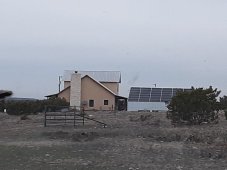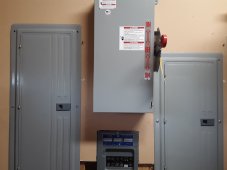One Clarification, one kind Gent did confirm his Sol-Ark system "Producing" over 8KW on his User Screen however his system was in Grid-Tied mode and I believe he also said it was only for a short period of time.
Unfortunately for me I can only test mine in Off Grid mode currently and there are reasons to believe that which mode it's operating in can definitely effect the results. I had my unit in Grid-Tied mode for while and babied it 80% of the time because I figured I had 6 months to a year before deciding whether not to take it Off -Grid, but I was wrong.
When I did start slowly testing it out in Grid Mode it was still only for relatively brief periods, however I did start noticing things which led me to question if whenever it was close to 8 - 9KW range it was just pulling Power from the Grid even while receiving a solid 12KW from PV input . If that's the case, and the brilliant people on here don't have some obvious reason why this won't matter when it's in Off-Grid mode then I need to at least re-vamp the #'s/Calculations and potential solutions taking that into account.
Unfortunately for me I can only test mine in Off Grid mode currently and there are reasons to believe that which mode it's operating in can definitely effect the results. I had my unit in Grid-Tied mode for while and babied it 80% of the time because I figured I had 6 months to a year before deciding whether not to take it Off -Grid, but I was wrong.
When I did start slowly testing it out in Grid Mode it was still only for relatively brief periods, however I did start noticing things which led me to question if whenever it was close to 8 - 9KW range it was just pulling Power from the Grid even while receiving a solid 12KW from PV input . If that's the case, and the brilliant people on here don't have some obvious reason why this won't matter when it's in Off-Grid mode then I need to at least re-vamp the #'s/Calculations and potential solutions taking that into account.







